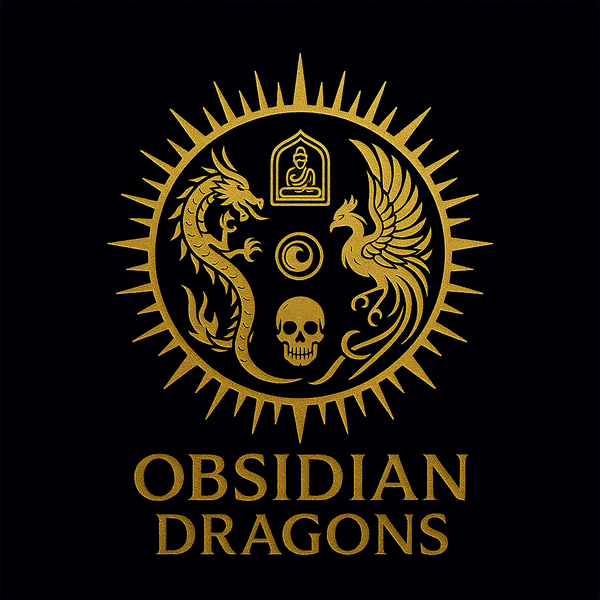PS
Ghau, Tibetan Buddhist pendant amulet, protective Buddha according to his zodiac sign, of your choice, hare, rat, buffalo or rooster
Ghau, Tibetan Buddhist pendant amulet, protective Buddha according to his zodiac sign, of your choice, hare, rat, buffalo or rooster
Couldn't load pickup availability
Ghau, Tibetan Buddhist pendant amulet, protective Buddha according to his zodiac sign,
Choice of hare, rat, buffalo or rooster on this page
Dragon or snake available here
Sheep or monkey available here
It is traditional culture to give a protective Buddha according to his Chinese zodiac sign.
Genuine traditional Tangka Regong The tangka is painted at the temple of Longwu, also called Wutun.
Tibetan lamasery located in the Tibetan prefecture of Rebkong, province of Amdo, called Huangnan in the province of Qinghai in China and is 186 km from Xining.
Renowned center for Tibetan thangka painting. Regong arts were inscribed in 2009 on the representative list of the intangible cultural heritage of humanity. The colors of this tangka are made up of pure gold and crushed minerals. The case closing the tangka is made of 925 silver and bronze
The back represents the mantra of compassion "om mani padme hum" rotating thanks to a ball bearing system developed in Germany.
Dimension of the pendant 57mm high by 38mm wide weight of 33 grams Comes with a handcrafted Tibetan braided cord approximately 34cm long
The protective windows are made of leuco sapphire like high-end watches.
Delivered in a high-end case as shown in the video
1) BODHISATTVA MANJUSHRI (sign of the hare)
Manjushrî was a disciple of Shakyamuni of whom he is, with Samantabhadra, one
acolytes in image groups called in Japan Shaka Sanzon, "the
Three Venerables of Shakyamuni”.
It is "He whose beauty is charming", the Bodhisattva "of virtue
marvelous and of sweet majesty”. Important in Mahāyāna Buddhism and
vajrayana.
He is invoked for, among other things, success in studies. He represents the
wisdom, intelligence and the power of the spirit. “His adoration confers
Divine wisdom, Dharma mastery, faithful memory, perfection
mental, eloquence. He would have indefinitely delayed his accession to the state of
Buddha, moved by an infinite compassion which pushed him to dwell in this world
until there is not a single being left to bring into the path of
supreme enlightenment.
He is the protector of people born under the sign of the hare/rabbit.
The two main emblems of Manjushri, the bodhisattva of wisdom, are
the flaming sword and the sutra of perfection, in his left hand, near the heart
.The flaming sword represents the penetrating intelligence of Manjushri, which slices
all illusions, revealing the empty nature of everything. The sword represents
above all wisdom, the discernment that tears the veils of ignorance.
Manjushrî would have been the initiator and master of the Buddhas of past ages.
It should also be that of the Buddha of the future, Maitreya. “Manjushri is
the father and mother of Bodhisattvas, and he is their spiritual friend.” The Buddha
He himself describes Manjushrî and praises him in the Manjushrîparinirvâna-sûtra.
This Bodhisattva was consequently very often represented, both in India and in
Tibet, China and Japan, as well as in Nepal where, according to the
tradition, the founder came from China.
His images appear only late in Central Asia and on some
Chinese stelae, associated with Vimalakîrti (Japanese Yuima Koji) in the 6th century. According
Nepalese legend, Majushri opened up the Kathmandu valley by cutting, from a
stroke of his flaming sword, a breach in the mountains encircling the
valley. The lake occupying the latter could thus be emptied by the gorges of
chobar, which bear the mark of this blow.
The best known Mañjuśrī Mantra is Om Ah Ra Pa Tcha Na Dhih, The
Dhih and Mum seed syllables are associated with Manjushri. To have a good
memory or to develop one's intelligence one often addresses oneself to the bodhisattva of the
great wisdom, and mantra recitation is widely practiced in China.
Long version: Namah samanta buddhānām. He he Kumāraka vimukti pathasthita
smara smara pratijñā svāhā.
His cult in China developed from the Northern and Southern Dynasties (420
— 589) on Mount Wutai (五台山 / 五臺山, wǔtáishān, “Mountain of Five Terraces
"). Wutai Shan is one of the four sacred Buddhist mountains in China. He
culminates at 3,058 m at Yedou Peak. It is located on the territory of the
city-prefecture of Xinzhou, in the province of Shanxi, only a few
tens of kilometers south of one of the five sacred mountains of China: the
Mount Heng and less than 300 km from Beijing. He was listed on the
UNESCO World Heritage Site on June 26, 2009.
2) )BODHISATTVA GUAN YIN SIGN OF THE RAT
Bodhisattva Avalokiteshvara (Hindi अवलोकितेश्वर Avalokiteśvara “lord who
watch from above”, Chinese 觀世音 Guānshìyīn or 觀音 Guānyīn, Shanghainese
Kueu(sy)'in, Korean Gwanseeum 관세음, Japanese 観音 Kan'non, Tibetan Chenrezig,
Vietnamese Quán Thế Âm, Indonesian Kwan Im, Khmer លោកេស្វរ Lokesvara), is without
doubt the most revered and popular great bodhisattva among the
Buddhists of the Great Vehicle. He is also used as a yidam (deity
tutelary) in tantric meditations. Protean Bodhisattva and
syncretic (he can represent all the other bodhisattvas), embodying the
ultimate compassion, it can be feminine in China, Korea, Japan and
Vietnam, in the form of Quan Yin. He is considered the protector of Tibet
where King Songtsen Gampo and later the Dalai Lamas are seen as his
fumes. This is also the case with other tulku such as the karmapa.
Also called Padmapāṇi or Maṇipadmā, he is invoked by the famous mantra Om̐
Maṇipadme hūm (ॐमणिपद्मेहूम्). Chenrezi is the bodhisattva of love and
compassion.
The aim of Chenrezi puja is to develop friendship full of love and
compassion for all living beings without distinction. Chenrezi
manifested in different forms: the Chenrezi with 10 heads and 1000 arms of the
compassion is the best known: he promised his spiritual father, the Buddha
Amitabha, to expend all his energy to liberate all living beings and
not to rest until all living beings are delivered from
their suffering. Should he ever doubt his mission, 'then may my
head to fragment into ten and my body into 1000'. When, after meditating on
profound manner and reciting the Mani Mantra continuously, he saw that
the ocean of suffering had still not emptied, so he fell into a
deep despair and broke his head in 10 and his body in 1000. The six mantra
syllables OM MANI PEME HOENG is the best known mantra of Tibetan Buddhism.
3) BODHISATTVA AKASHAGARBHA SIGN OF THE BUFFALO or TIGER
Akashagarbha is the protector of people born under the sign of the Ox and the Tiger.
He is one of the Eight Great Bodhisattvas of Vajrayana. and one of thirteen
Buddhas of the Japanese Shingon tantric school. His name is formed from ākāśa, "
unlimited space”, and from garbha, “matrix”. invoked to develop the
wisdom. His cult has been maintained mainly in Japan.
Ākāśagarbha represents the essence of ether and belongs on the mandalas to the
ratna (jewel) family. According to the Akashagarbha Sutra, it is prayed towards the east
while waiting for the dawn (aruņa) which is its manifestation. It is also said that the moon,
the sun and the stars are its manifestations.
Given that part of his name may have the meaning of "sky", some
proposed to see a celestial or stellar deity at the origin of the
bodhisattva. This bodhisattva is associated with a memory enhancement ritual
described in the Bodhisattva Ākāśagarbha Sutra which was introduced in Japan
during the Nara period (645-794). Even today, many people
recite his mantra in the hope of revitalizing a failing memory.
On the island of Honshu, children used to pay homage to Kokuzo
on their thirteenth birthday to seek the improvement of their abilities
intellectual. Ākāśagarbha is also prayed for manual skill; he
is considered the patron saint of craftsmen.
Apart from its utilitarian aspects, Kokûzô's mantra also has an effect
witty. It is recited to develop wisdom. Kukai, founder of
Shingon Buddhism, made several times his particular asceticism, "Goumanji"
100 day ritual of repeating the mantra a million times in
isolation.
At the end of the 10th, it is said that the star of dawn, symbolized by the
bodhisattva, descended to merge with him, bringing him enlightenment. Last
on the list of Thirteen Buddhas of the True Word stream, Ākāśagarbha also closes the
cycle of funeral rituals by presiding over the last commemorative ceremony 32
years after death. Ākāśagarbha also has some importance in the
Nichiren Buddhism.
The Seicho-ji (Kiyosumi-dera), temple where the founder of the current studied, was
built around a statue of this bodhisattva. According to the Gosho, a collection of his
writings, Nichiren saw one day Kokuzo appear in front of him then change into a
old monk who gave him a pearl of wisdom.
4) ACALA BUDDHA (SIGN OF THE ROOSTER) For a full description of the Acala Buddha please click here
MANTRA OF COMPASSION "OM MANI PADME HUM"
According to Tibetan Buddhism, reciting the Chenrezi Om Mani mantra
Padme Hum, aloud or inwardly, is an invocation for attention
benevolent and powerful of Chenrezig, the expression of the compassion of the
Buddha. Seeing the written mantra can have the same effect, it is for
that we find it in clearly visible places, even engraved in the
rock. He can also be summoned using prayer wheels on
which the mantra is inscribed, sometimes thousands of times. It exists
different formats of prayer wheels: there are those that can be transported
with you and spin with one hand, and there are others who are so
large and so heavy that several people are needed to turn them. According
Tibetan Buddhist monks, the mantra Om Mani Padme Hum (Hung) unites at
alone all of the Buddha's teachings.
Each syllable closes a door to reincarnation:
OM: Closes the door to the world of the Devas (gods).
MA: Close the door to the world of the asuras (demi-gods).
NI: Close the door to the human world.
PAD: Close the door to the animal world.
ME: Close the door to the world of pretas ("greedy spirits").
HUNG: Shut the gate to hell. Each syllable purifies a veil:
OM: purifies the veil of the body.
MA: purifies the veil of speech.
NI: purifies the veil of the mind.
PAD: purifies the veil of contradictory emotions.
ME: purifies the veil of substantial existence.
HUNG: purifies the veil that covers knowledge.
Each syllable is a mantra in itself:
OM: for the body of the Buddhas.
MA: for the words of the Buddhas.
NI: for the spirit of the Buddhas.
PAD: for the virtues of the Buddhas.
ME: for the accomplishments of the Buddhas.
HUNG: for the grace of body, speech, mind, virtue and all
the accomplishments of the Buddhas.
Each syllable corresponds to one of the six paradigms or refinements
transcendental:
OM: generosity.
MA: ethics.
NI: tolerance.
PAD: perseverance.
ME: concentration.
HUNG: discernment.
Each syllable is also connected to a Buddha:
OM: Ratnasambhava.
MA: Amaoghasiddi.
NI: Vajradhara
PAD: Vairocana.
ME: Amitabha.
HUNG: Akshobya.
Each syllable of the mantra purifies us of a defect:
OM: pride.
MA: the desire / the desire to have fun.
NI: passionate desire.
PAD: stupidity / prejudice.
ME: poverty / possessiveness.
HUNG: aggression / hatred.
Finally, each syllable corresponds to one of the six wisdoms:
OM: the wisdom of stability.
MA: all-fulfilling wisdom
NI: wisdom emanates from oneself
PAD: all-embracing wisdom (dharma)
ME: discriminating wisdom
HUNG: mirror-like wisdom.
Share
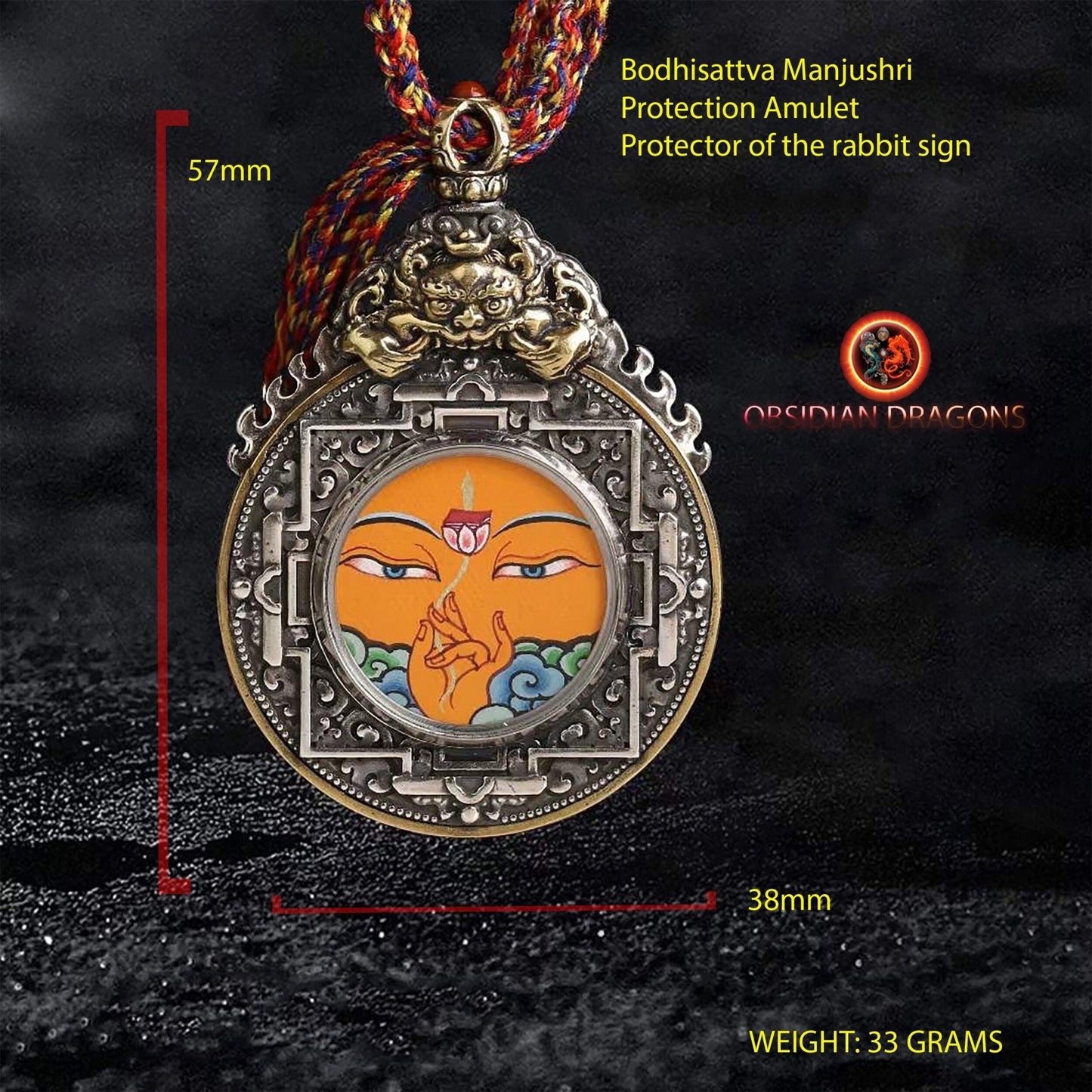
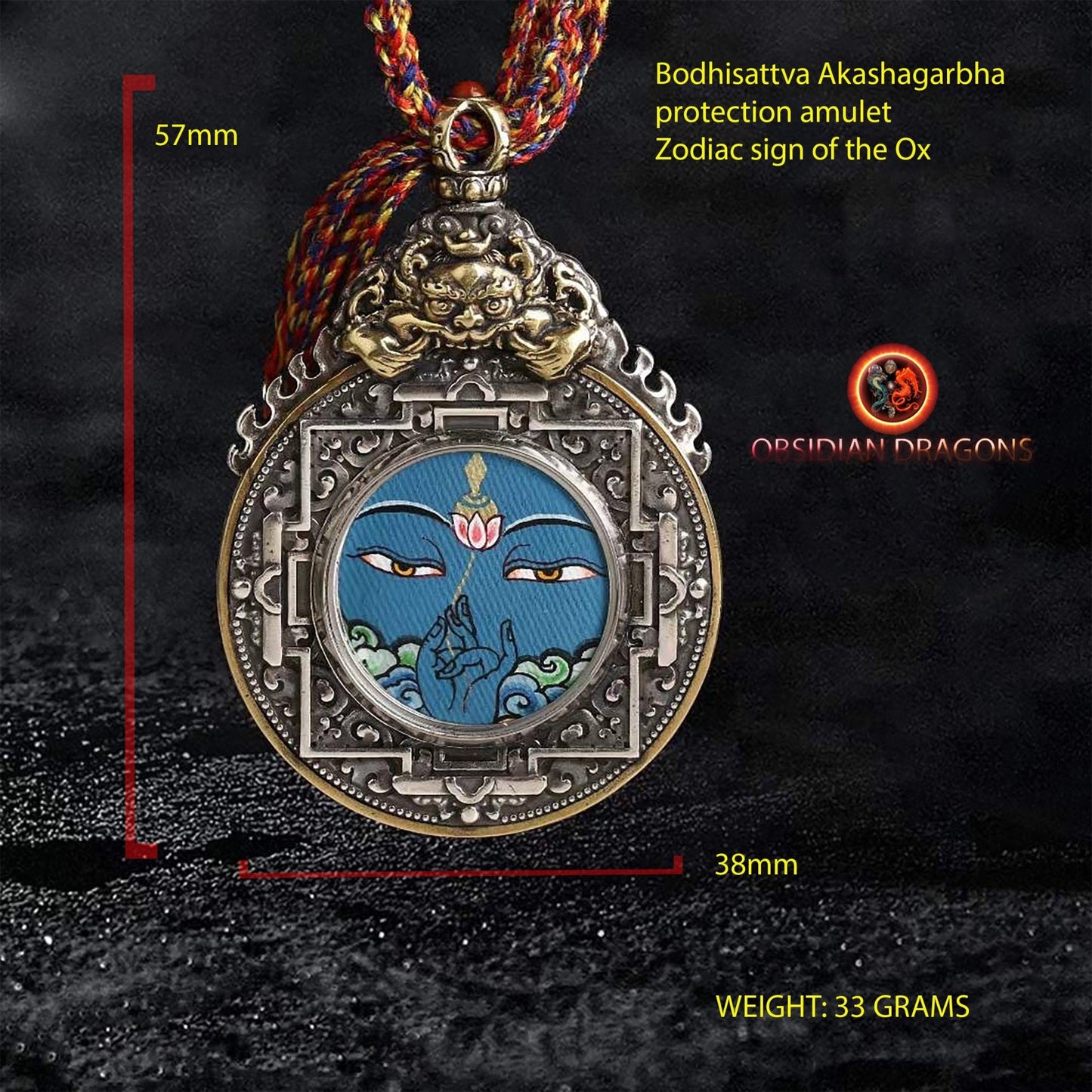
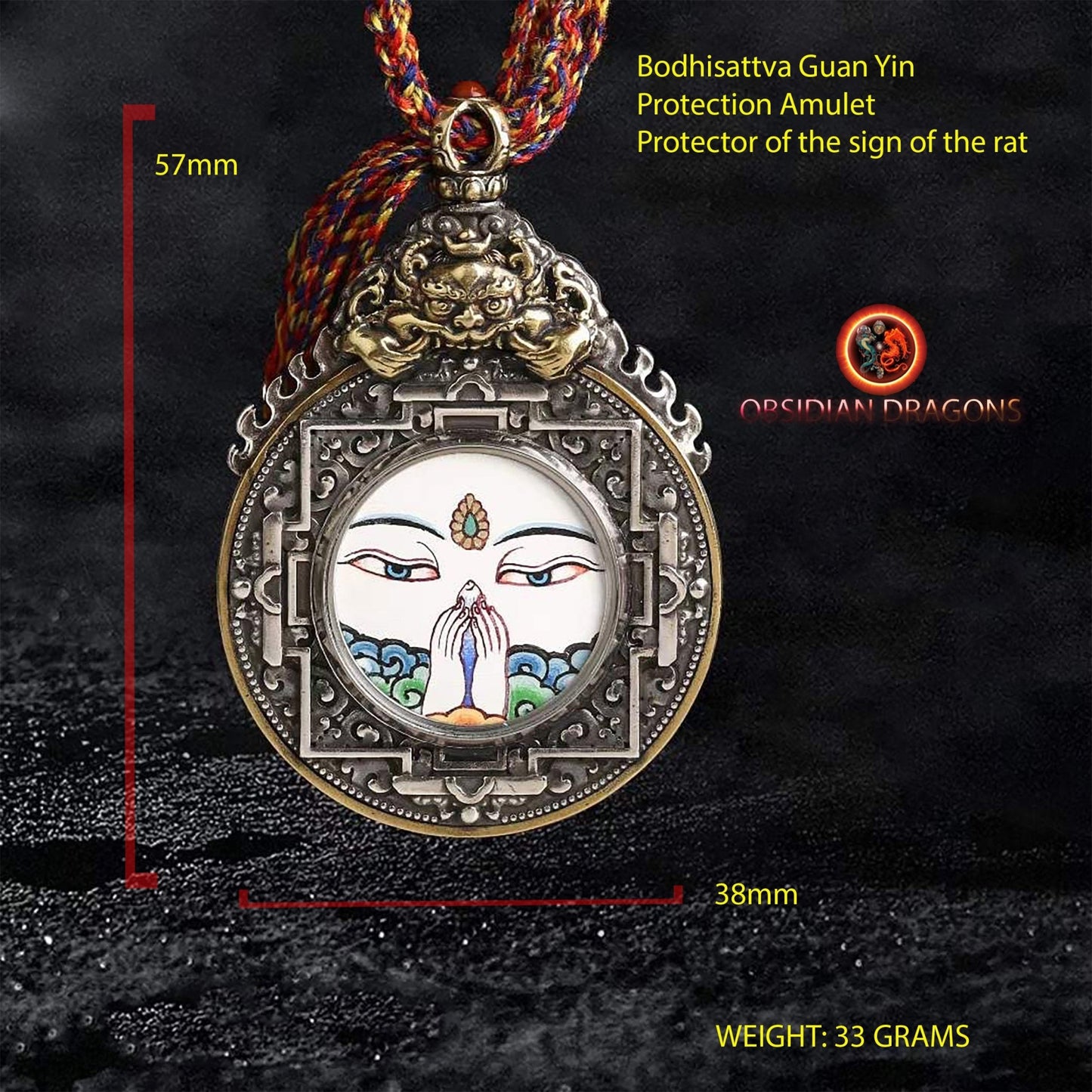
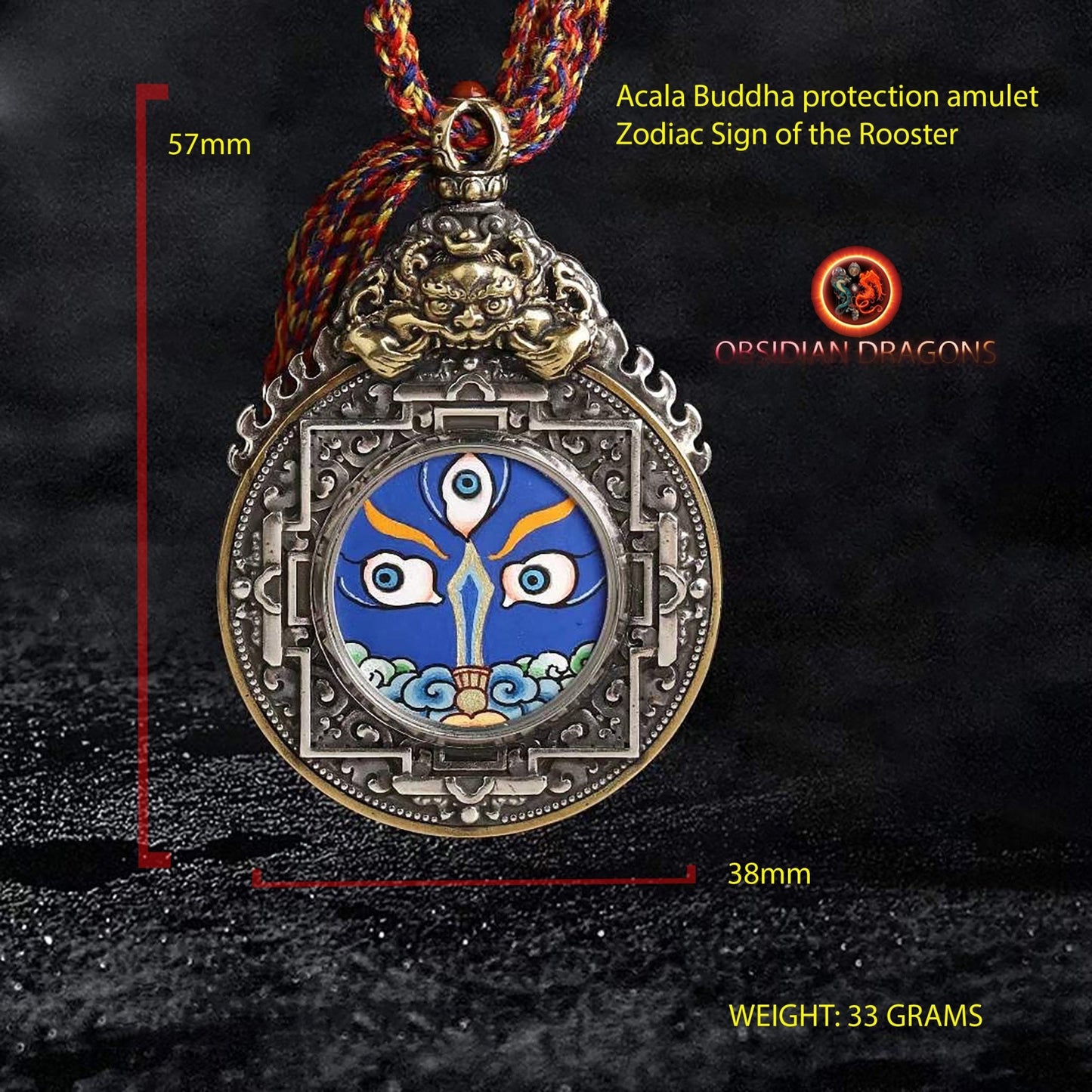
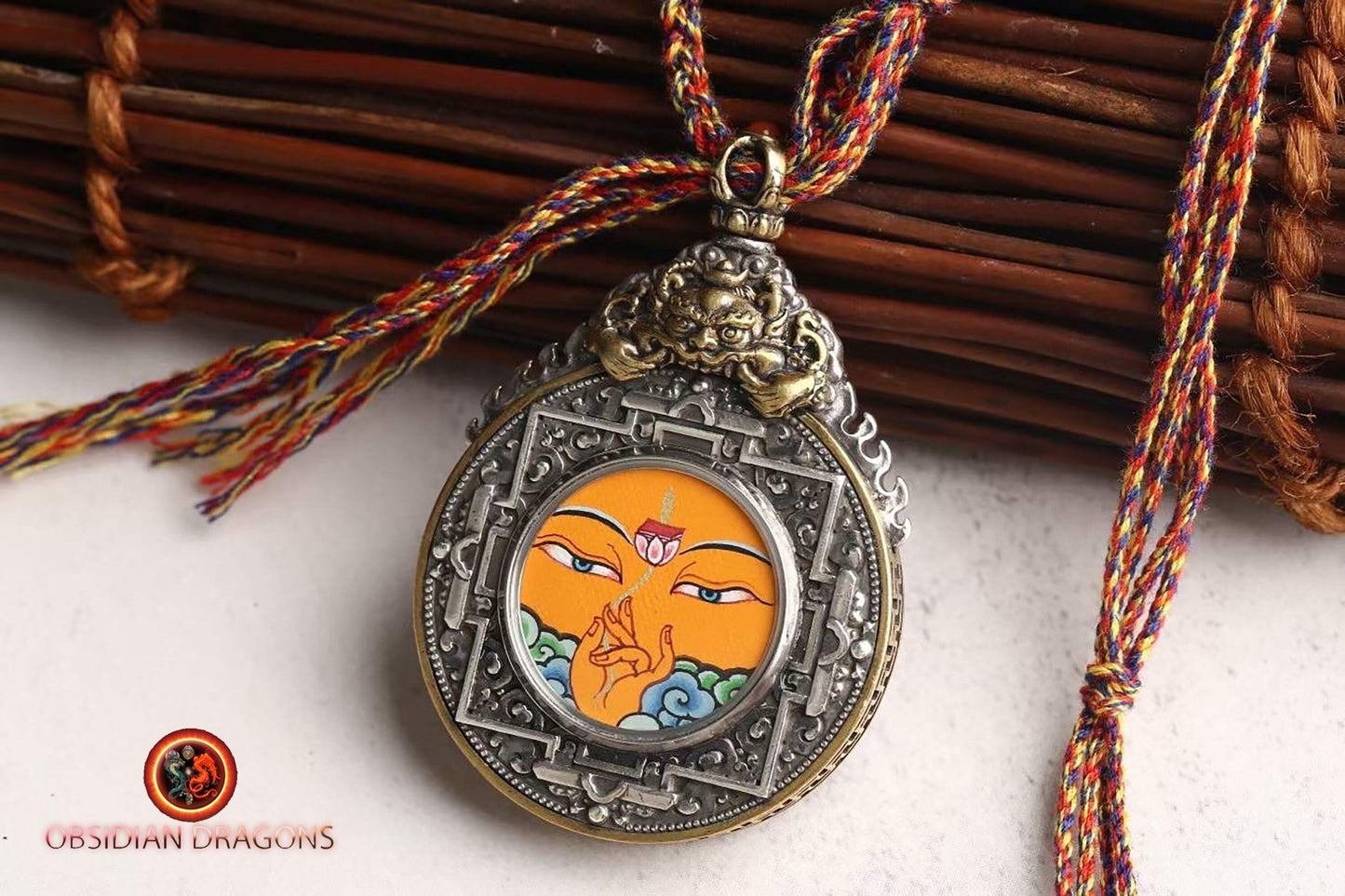

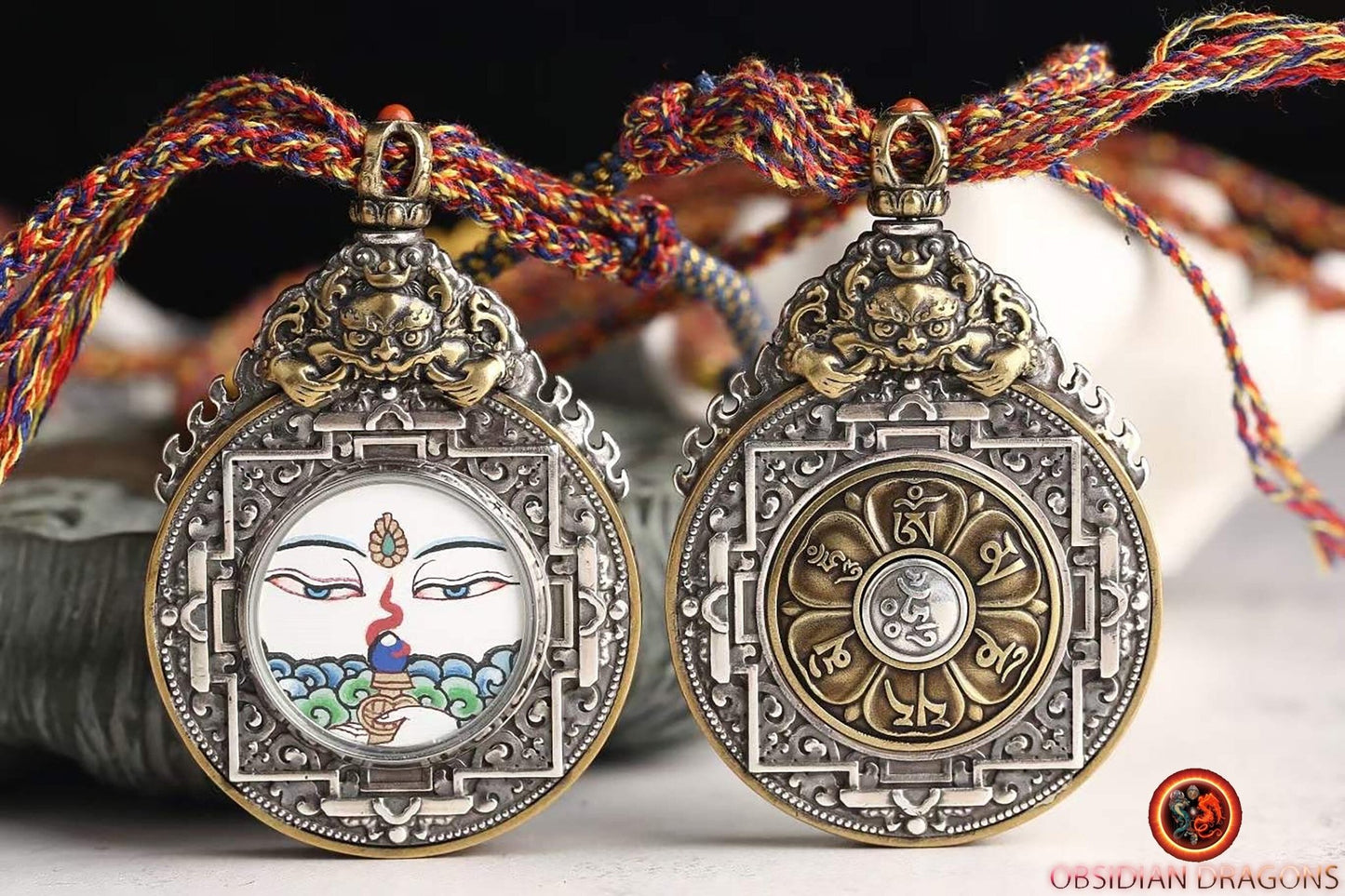
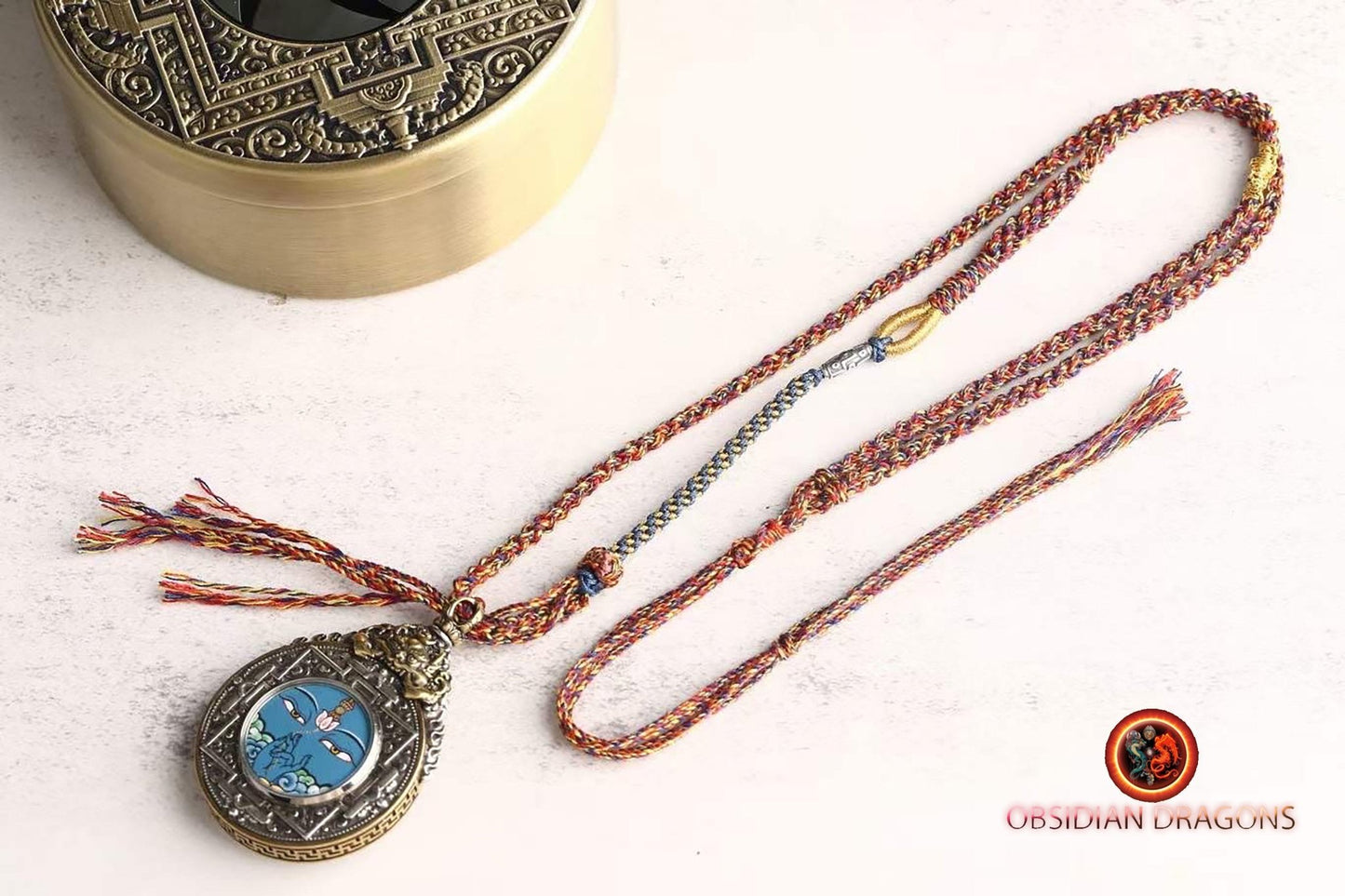
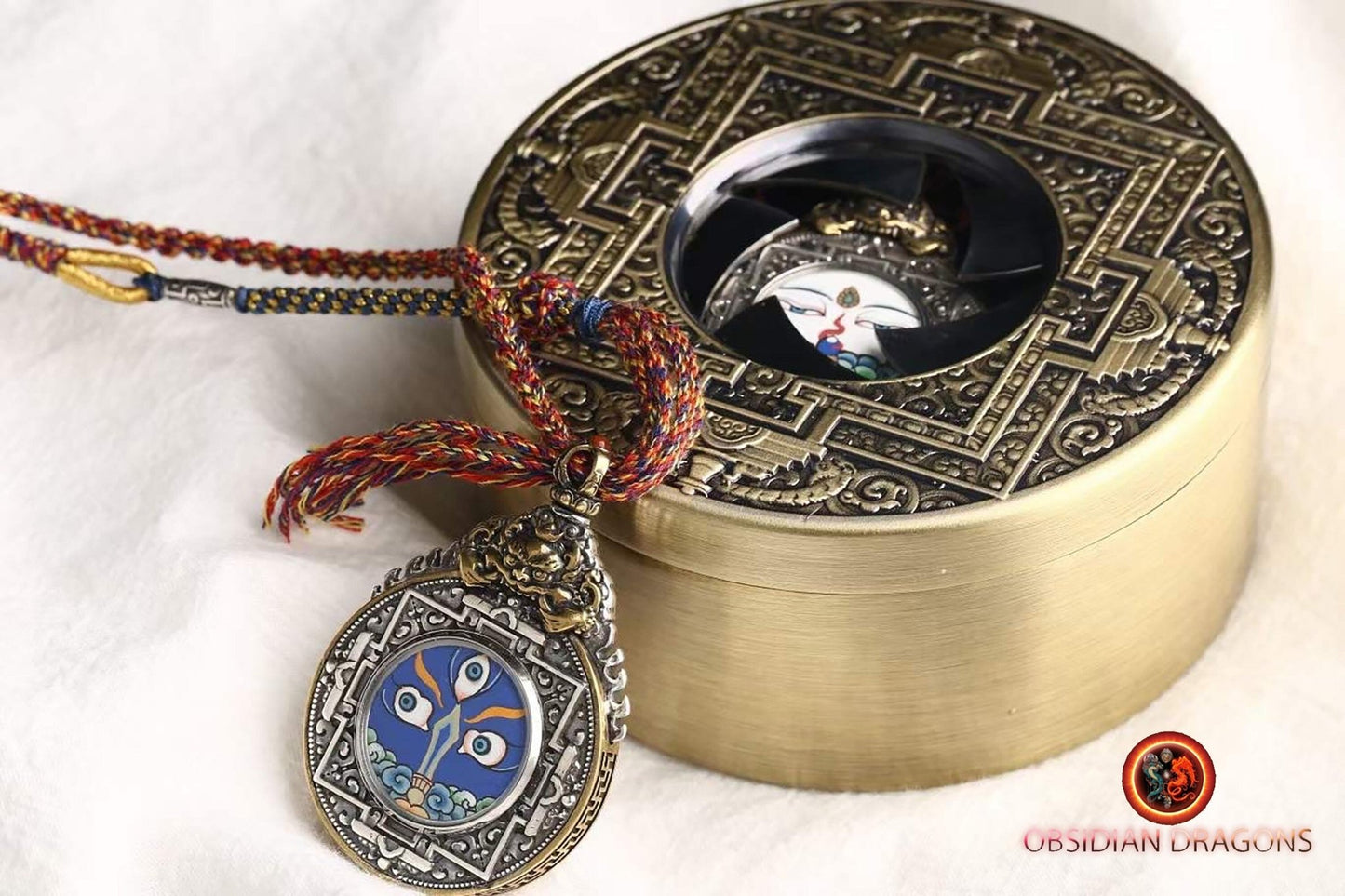
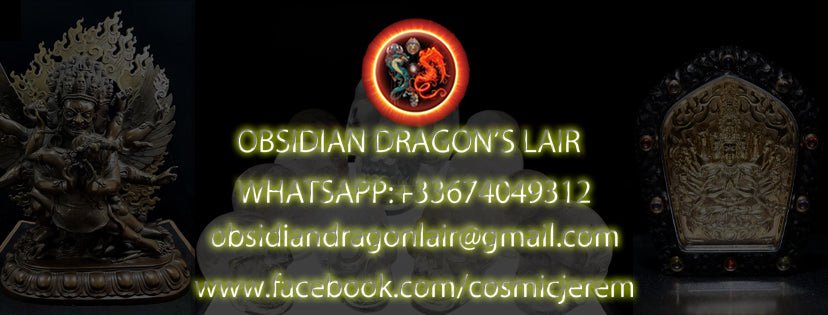

Return conditions for a Zen purchase
We offer you a money back guarantee within 14 days after delivery of your order.
If you are not completely satisfied with your purchase, please contact us to arrange a return of the product and a refund.
Except for returns, shipping is free on all orders.
Multi-column
Button text-
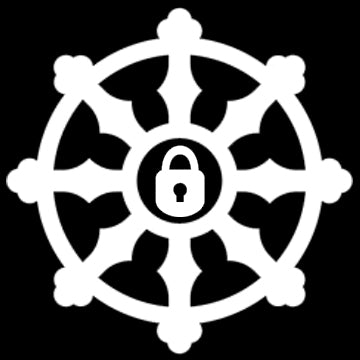
100% secure payment
3 times interest-free option with Scalapay
-
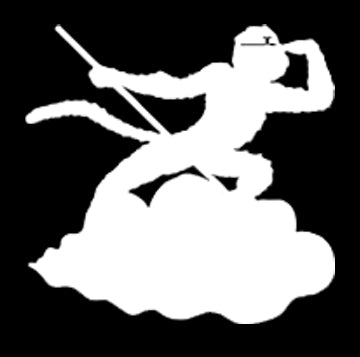
Free delivery in France and internationally
14 days money back guarantee after delivery (see our conditions of sale)
-
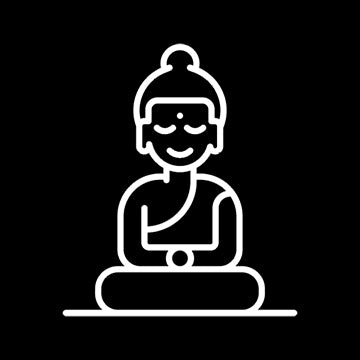
Column
Excellent customer service
Live chat
Whatsapp +33674049312
Let customers speak for us
from 917 reviews4eme pièce que j'achète et encore une fois, jamais déçue de l'unicité et de l'originalité. Coup de cœur pour ce bracelet en magnifiques molaires de mammouth, charge de vie et d'histoire. Attention pour un tout petit poignet de fille comme le mien cela peut être trop grand. N'hésitez pas à poser la question à Jeremy sur les tailles, il répond toujours et il est très réactif.

Déjà j’au été très impressionné par la qualité du site web pour tout chercheur de vérité mais également pour la disponibilité de Jérôme qui a su dépasser mes plus grandes attentes pour la commande sur mesure d’un mala en Obsidienne Œil Céleste – Dragon & Bagua Feng Shui. Gràce à ce puissant talisman je peux désormais continuer ma route sereinement. Un très grand merci sincèrement.

magnifique, puissant et apaisant, il m'aide à garder mon calme je le trouve absolument parfait!

J'ai eu l'occasion de rencontrer Jérémy sur Paris avant l'achat...très bon contact avec lui ..il sait de quoi il parle...je suis revenu vers lui pour l'achat de cette magnifique statue...elle a été emballee avec beaucoup de soin pour une expédition de chine... vraiment très satisfait de cet achat..merci

Pendentif dragon en obsidienne œil céleste - Symbole spirituel

Le collier est superbe, et ce pendentif magnifique, ses détails! et l'odeur du bois de santal que c'est agréable! Qualité extra! Contact excellent avec Jérémy, merci beaucoup pour votre gentillesse! Quelle qualité, vivement le mala !

L'objet est très joli et malgré que je ne sois pas un spécialiste, je trouve que le crystal est beau. Il n'est pas parfait et cela me rassure sur la qualité du produit qui est sensé être naturel donc imparfait.
Très bien emballé et en plus housse de rangement offerte.
MERCI

J’ai commandé un crâne de dragon, il est super beau et très puissant. Je l’adore 😍 Et l’envoi a été très rapide 🤗 merci 🙏🏻

bracelet puissant, je suis content de mon achat

Cet artisan est gémologue, il travaille avec des artisans qui sont des vrais artistes, je suis bluffé par la qualité des ouvrages sur l’argent et sa qualité. Quand à la qualité des pierres pas besoin d’être gémologue pour voir la qualité exceptionnelle des pierres, encore une fois le travail de sculpture est exceptionnel.
Mon mala traditionnel est une pure merveille dans la tradition originelle. Le ghau est une merveille qui me comble.
Bref que dire de plus :). Allez sur son site.
PS : vendeur qui connait son métier et les traditions bouddhistes ce qui est un plus en plus :)

Ce crâne est un Etre de Lumière. Attirant , inspirant , "parlant".
Il est un Ami qui tire mes pensées vers le Haut.
Ses énergies vibrent à des fréquences élevées. Il est puissant dans la douceur.
Un crâne de Dragon m'assite également. Merveilleux !

Très beaux bracelet et très puissants

Magnifique crâne givré de l'Himalaya.

cette chevalière est tres bien réalisé, avec beaucoup de détails, je suis heureux de l'avoir

